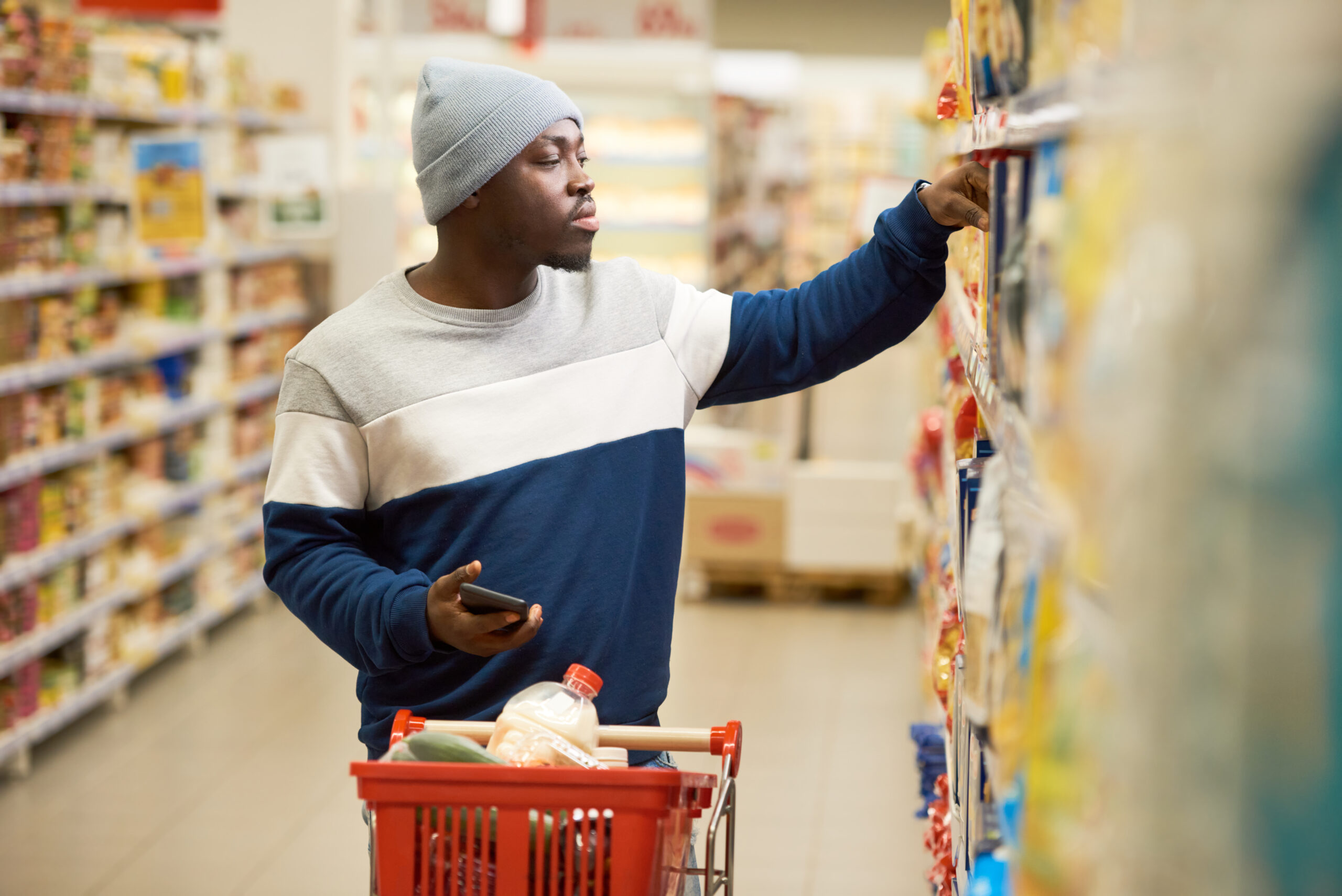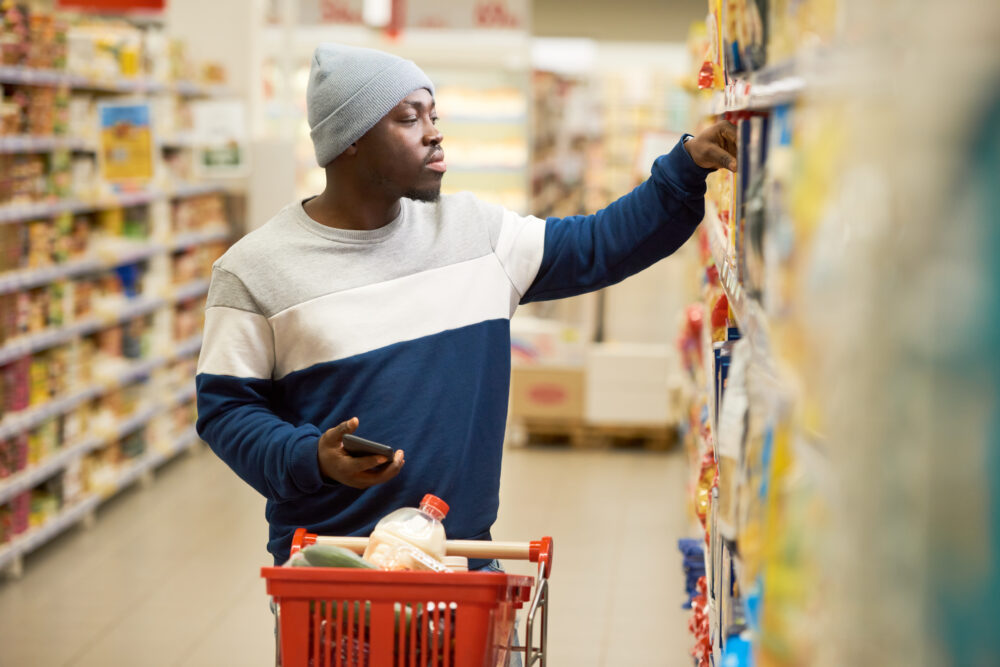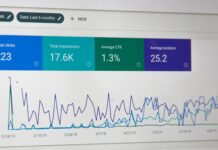Retailers, CPG and FMCG brands — are all fortunate to have huge amounts of data at their disposal. However, sorting through what’s relevant and compliant and then unifying it into a single source of truth can be a mammoth task. Yet, it’s crucial for brands to succeed in a competitive environment where, according to Cheetah Digital’s 2022 Consumer Trends Index, consumers across the U.K. interact with a brand on multiple channels, oftentimes unpredictably.
In today’s digital-first landscape, consumers spend time on numerous channels, expect tightened privacy whilst also demanding better personalisation. It’s a lot for any brand to juggle. Yet, to be competitive, it’s essential they strike the right balance. And that balance begins with relationship marketing, which puts the customer at the heart of the strategy. That means truly delivering on their demand for authenticity, convenience and personalised experiences from the brands they do business with.
Creating a single source of truth of the customer
Without a single customer view and real-time insights, organisations struggle to deliver the quality experiences that customers are looking for today. In fact, more than half (58%) of enterprise CX leaders agree that lacking a single view of the customer and customer journey is the number one challenge for effectively measuring customer experience. At the same time, 40% of data records contain inaccurate data — an unfortunate reality that many brands struggle with. Add to that, legacy systems, data residing in disparate silos, huge martech stacks, as well as numerous sub-brands and territories with unique KPIs and it’s clear, these brands are up against a litany of problems.
That’s why gaining a single view of the customer is so crucial. A single customer view enables brands to understand and better engage with customers by knowing who they are and what they are looking for. It acts as the single source of truth about customers and provides the ability to analyse past behaviour in order to better target and personalise future customer interactions. It’s quite simply an aggregated, consistent and holistic representation of all the data known by an organisation about its customers.
When executed correctly, this looks like:
- Unifying customer data across all internal systems, brands and territories
- Capturing each customer’s activities across all channels and devices
- Using this information to seamlessly engage with each customer across any digital channel
Turning ‘unknown customers’ into ‘knowns’
Well-crafted personas, mapping to all different consumer profiles are a starting point. But since they aren’t rooted in data, they still rely on guesswork. That means, they fall short of things like what compels the customer to buy — what are their wants, desires, preferences and the deals and discounts that have driven them to purchase?
As consumers are more cognisant than ever about the value of their personal and preference data, and the majority of them purchasing CPG/FMCG products from third-parties; turning them into ‘knowns’ in the database might seem like a ‘pie-in-the-sky’ utopia. However, it is entirely possible for CPG/FMCG marketers to collect marketing opt-ins, purchase intentions and preference insights that are proactively shared directly with them by the consumer. It just takes the right value exchange.
Meet and exceed customers’ new expectations
As digital consumers have evolved, the marketing they receive has not always levelled-up with them. While digital advertising budgets continue to increase year-on-year, exceeding 23.47 billion British pounds in 2021; more sophisticated targeting has not led to better experiences for consumers.
There are a myriad of reasons why digital advertising just isn’t clicking anymore, but fundamentally, the medium requires a broadcast approach and modern customers demand better. While some brands continue with the status quo of blindly squandering resources on an approach that yields a conversion rate lower than 0.1 per cent; brands like P&G are slashing ad spend altogether and turning to data-driven solutions.
Customers expect communications that show brands know more than just their name. Behaviours, attitudes and motivations have changed and will continue to do so. Any retailers or CPG/FMCG brands looking to create a truly engaging experience need to meet consumers in the right way at the right time in the right place. In the burgeoning age of D2C, brands need to make the customer experience as seamless as possible because consumers are in charge and if they encounter friction, they will shop elsewhere.
A company’s job is to deliver on these consumer expectations. The only way to do that is to maintain control of the customer experience from beginning to end of the sales cycle. By forging D2C relationships, CPG/FMCG brands can meet customer demands and build personal relationships with customers – the basis of relationship marketing – that help ensure future stability and longevity in a crowded industry.
Download Cheetah Digital’s guide to unlocking direct-to-consumer relationships in FMCG here.





















